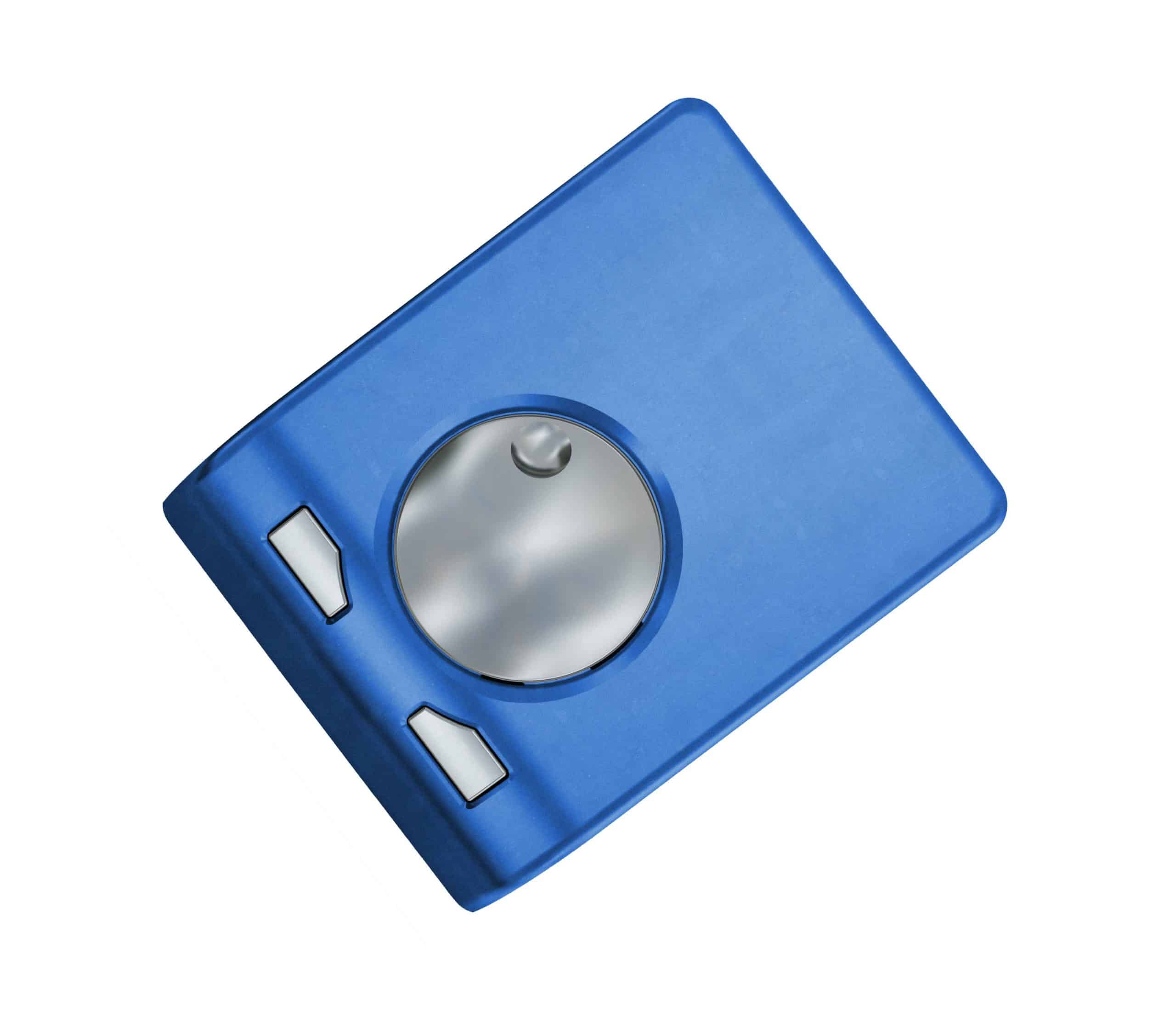What Are the Best Non-Surgical Methods for Controlling a Male Dog’s Marking Behavior?

As dog owners, one of the most common behavioral issues you may have to deal with is marking behavior, especially in male dogs. Marking is a natural instinct for dogs and it serves an important purpose in their animal world. However, it can be frustrating and embarrassing when your furry friend decides to assert his dominance or leave his "business card" in inappropriate places.
It’s often assumed that to control this, castration or neutering – the surgical removal of the reproductive organs in male dogs, also known as gonadectomy – is the only option. But, you’ll be pleased to learn that there are several non-surgical methods for managing this behavior. These methods are not only less invasive, but they also carry fewer risks compared to surgical procedures.
Lire également : How to Create a Balanced Diet for a Vegetarian Dog with Allergies to Meat Proteins?
Understanding the Behavior
Before delving into the various ways of controlling a male dog’s marking behavior, it’s crucial for you to understand why dogs engage in this behavior.
Marking territory is primarily a male dog behavior, although female dogs can also mark, albeit less frequently. Studies such as those from Crossref and Google Scholar suggest that unneutered males are more likely to mark than neutered males or females – a fact that often leads to an automatic recommendation for neutering.
A lire également : What Are the Best Therapeutic Exercises for a Dog Recovering from a Cruciate Ligament Injury?
However, castration is not a guaranteed solution for marking. Age, breed, and individual temperament can also factor into a dog’s likelihood to mark.
Training and Behavior Modification
Dog behavior modification and training are highly effective non-surgical methods of controlling marking behavior. This involves teaching your dog appropriate behavior and even altering his emotional responses to triggers.
For instance, if your dog marks when he sees other animals or people, behavior modification can help alter his response to these triggers. Rather than marking, he can be taught to perform another behavior, such as sitting or fetching a toy.
Another training strategy involves teaching your dog to urinate only on command. This method requires consistency and patience, but over time, your dog will learn to hold his bladder until you give the command for him to "go potty."
Environmental Changes
Making certain adjustments to your dog’s environment can also help curb marking behavior. For example, if your dog tends to mark certain objects or areas, restrict his access to these spots. Use baby gates or keep doors closed to prevent him from reaching his usual marking spots.
It’s also beneficial to clean up any existing marks thoroughly to discourage re-marking. Dogs have a keen sense of smell, and the scent of previous markings can trigger a strong urge to mark again. Use enzymatic cleaners that neutralize odors effectively.
Use of Pheromones
Pheromones are chemicals that animals produce and release into the environment to influence the behavior of other animals of the same species. Dog-appeasing pheromone (DAP) is a synthetic version of a pheromone produced by nursing mother dogs to calm their puppies.
Studies have shown that DAP can have a calming effect on adult dogs as well. Using DAP diffusers or sprays can help to reduce stress-related marking in dogs. However, while this method may be effective, it’s important to remember that it’s a part of a broader approach and shouldn’t be relied upon as the sole solution.
Health Check
Although marking is primarily a behavioral issue, health problems can also contribute to or exacerbate this behavior. For instance, urinary tract infections and bladder stones can cause discomfort that a dog may associate with urine elimination, leading him to mark more frequently.
Regular health checks can help identify these issues early and allow for prompt treatment, which might in turn help to reduce marking behavior. Always consult with your pet’s veterinarian if you notice a sudden increase in marking or changes in your dog’s urination habits.
In conclusion, it’s clear that there are several non-surgical ways to control a male dog’s marking behavior. While neutering may be beneficial in some cases, it’s not the only option, and it might not be the best choice for every dog. Training, environmental changes, use of pheromones, and regular health checks can all be effective strategies. It’s important to remember, however, that a combination of strategies will usually be the most successful in controlling marking behavior. As always, if you’re struggling to manage your dog’s behavior, don’t hesitate to seek professional help.
The Role of Diet in Marking Behavior
An often overlooked aspect of canine behavior is the role that diet plays. Food and water intake both affect urinary behavior, which in turn can influence marking habits. A balanced diet can help regulate a dog’s urinary health, potentially reducing the frequency of marking.
For instance, a high salt diet can lead to increased water intake, thus increasing urination frequency. Similarly, certain types of dog foods that have a high mineral content may contribute to bladder stones, a painful condition that can cause increased marking behavior.
To ensure a balanced diet, it’s important to provide high-quality dog food that meets all the nutritional needs of your pet. This should ideally be combined with regular exercise to maintain a healthy weight, as obesity can lead to numerous health problems including urinary incontinence.
If there are any concerns or questions about your dog’s diet, a consultation with a veterinarian or a pet nutrition expert would be beneficial. They can provide advice tailored to your dog’s specific needs, considering factors such as age, breed, weight, and any existing health conditions.
A Holistic Approach to Behavior Control
It’s important to stress that controlling a male dog’s marking behavior often requires a combination of methods. A holistic approach is key, addressing not only the behavior itself, but also the underlying causes and contributing factors.
From behavior modification and training to environmental changes, the use of pheromones, regular health checks, and a balanced diet, each strategy has a role to play. However, the specific combination of methods that will be effective can vary greatly from one dog to another. Factors such as the dog’s age, breed, temperament, and health status, as well as the owner’s lifestyle and home environment, need to be taken into account.
Moreover, patience and consistency are crucial. Changing a behavior, especially one that’s deeply ingrained and instinctive like marking, can take time. It’s also likely that there will be setbacks along the way. Dog owners need to be understanding and persistent, and not be discouraged if progress is slower than expected.
Finally, don’t hesitate to seek professional help if needed. Behaviorists, trainers, and veterinarians can provide valuable insights and guidance, helping you and your dog navigate this challenge successfully.
Conclusion
In conclusion, while castration is often seen as the default solution for controlling a male dog’s marking behavior, there are many non-surgical methods that can be just as effective, if not more so. Understanding why dogs mark and utilizing different strategies – such as behavior modification, environmental changes, dietary adjustments, and the use of pheromones – can go a long way in managing this behavior. Regular health checks can also help identify and address any underlying health issues that may be contributing to the problem.
Remember, every dog is unique, and what works for one may not work for another. Therefore, a holistic, patient, and consistent approach is key. Finally, don’t hesitate to seek professional help if you’re struggling to manage your dog’s behavior. After all, the goal is a happy and healthy life for both you and your pet.
